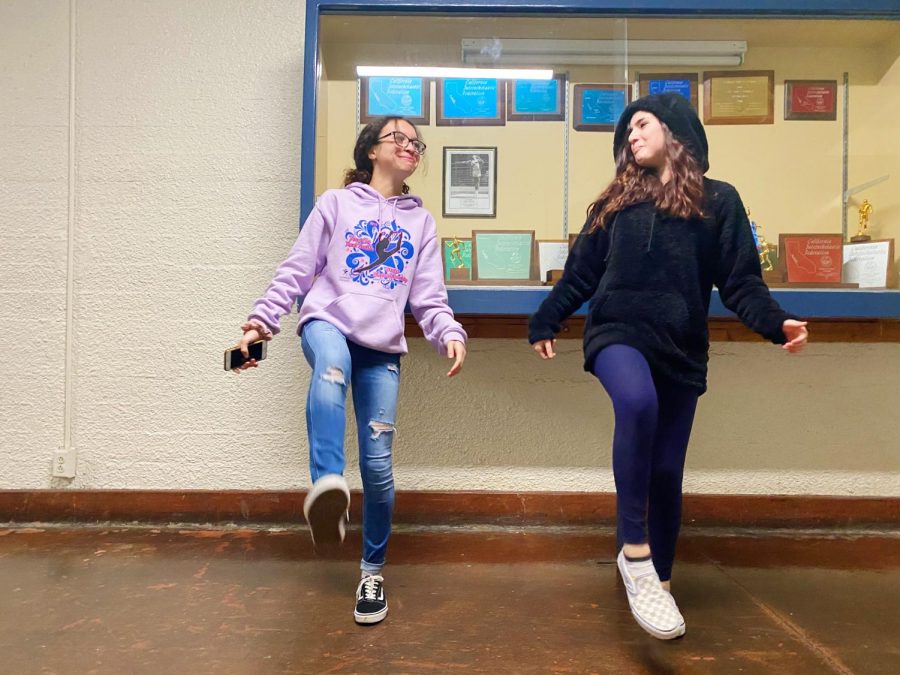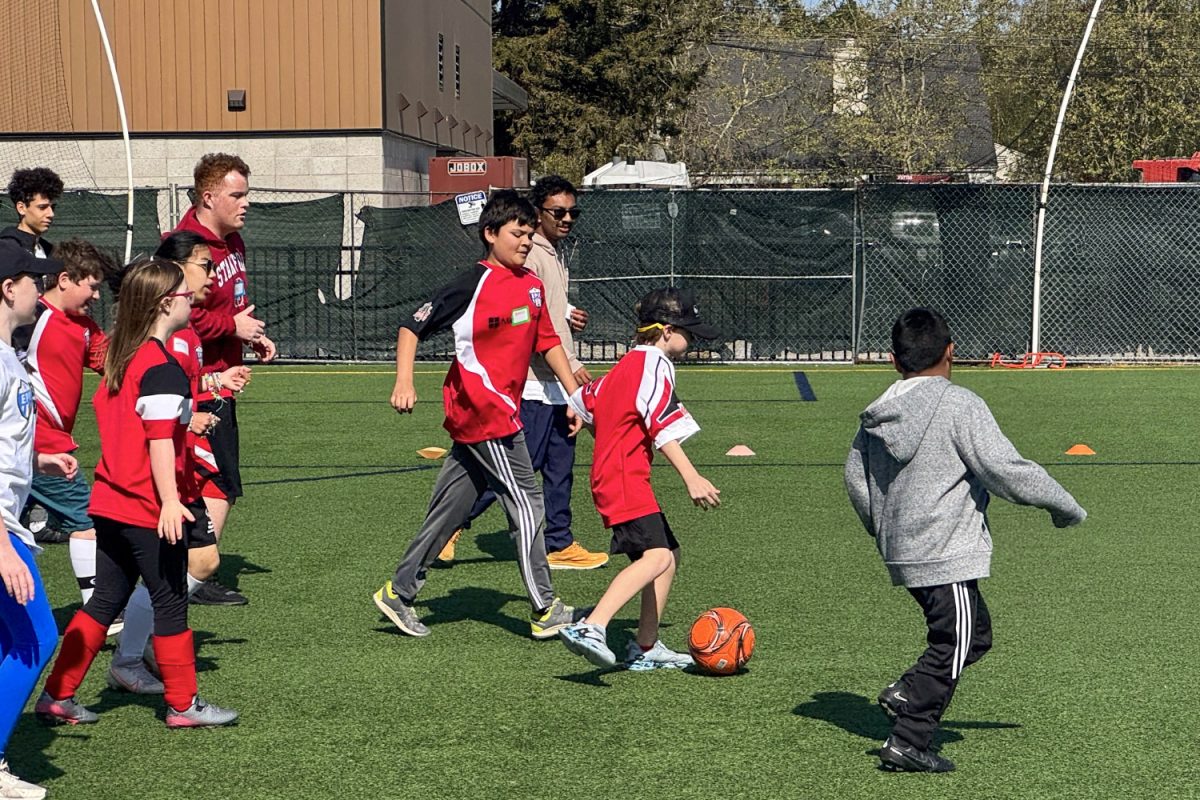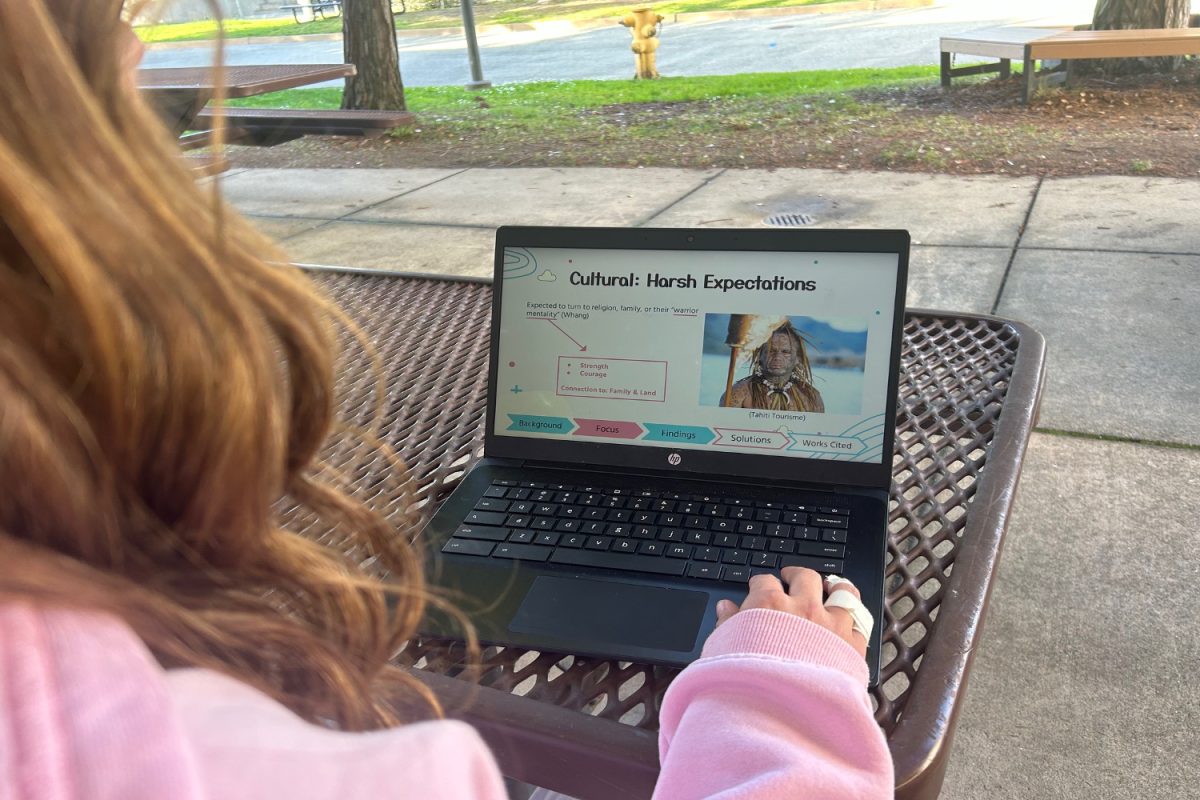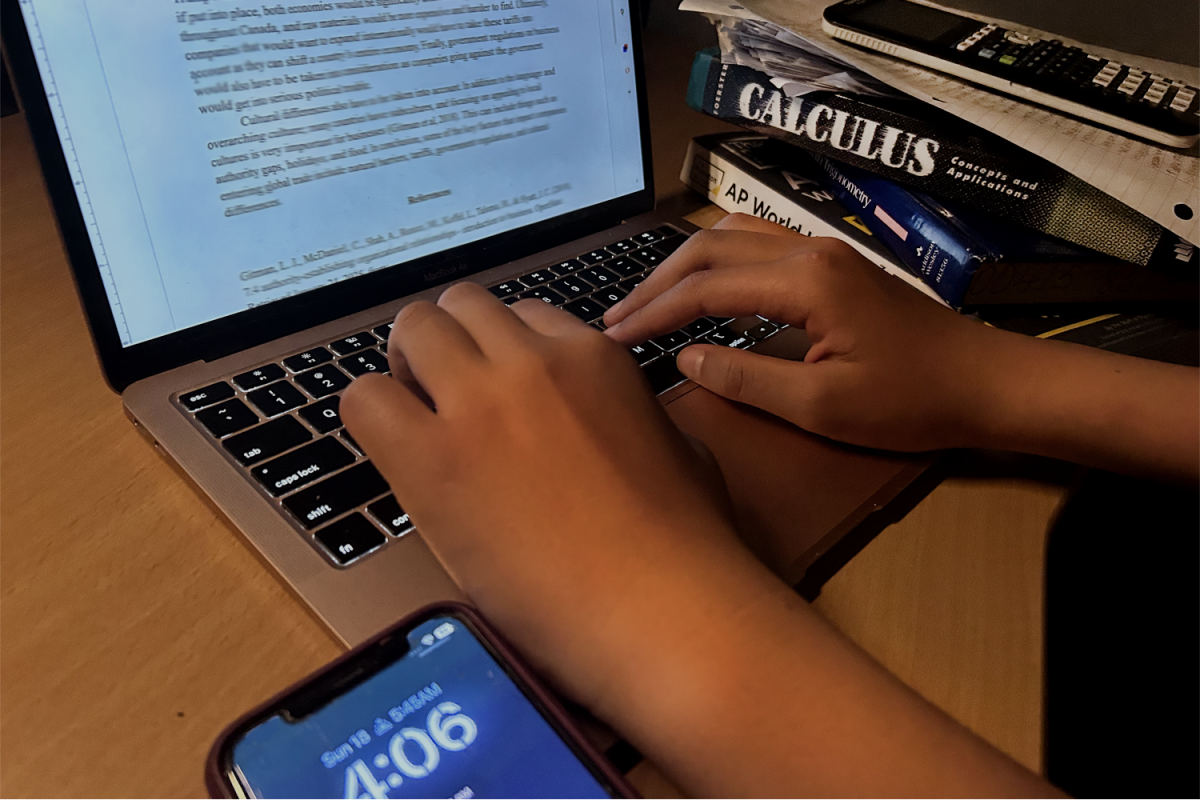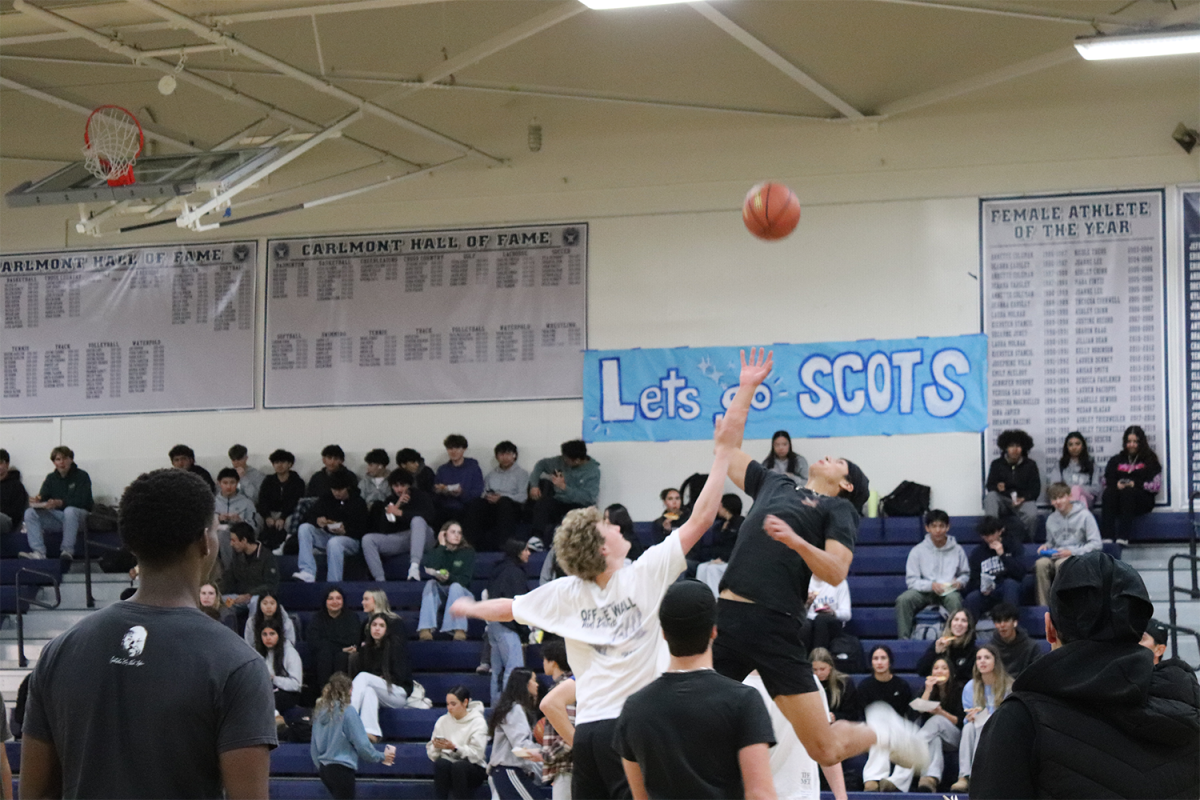As the gym fills with the steady beat of the “Cha-Cha Slide,” students laugh while executing the steps. Some students fumble with their movements, but more experienced classmates are there to help and explain. Students at Carlmont are free to learn how to dance without judgment from their peers.
Although some students may find it embarrassing to dance in front of their fellow students, some find it somewhat comforting to have plenty of other people performing the dances alongside them.
“It has been fun so far despite the fact I’m usually somewhat nervous about dancing in front of others. Being in a group of my friends relieves a lot of the tension,” said Nicholas Wacha, a freshman.
The dance unit in the physical education (PE) 1 class is something every student at Carlmont experiences during the first of their four years of high school. The students learn various dance styles from line to ballroom. Party dances such as the “Cupid Shuffle” and the “Wobble” are often easy for students to pick up. However, some of the more complicated ballroom steps can take less-experienced students more time to learn. The teachers manage to make the class a positive learning space by helping students overcome their embarrassment through laughter.
“I tell the kids that participation is part of their grade, and if they need something to laugh at, they can watch me dance,” said Richard Vallero, a Carlmont PE teacher.
Despite the smiles and jokes that come from students trying to grasp the choreography, some students feel that the ethnic dances are not being portrayed as they should. One example is a popular dance among PE students, the Hukilau. It’s an easy line dance with choreography that mimics the traditional techniques Hawaiians used for fishing. The dance has become an inside joke among the PE students because of the dance’s unusual subject, fishing. While the unique choreography brings laughter to some students, it can also offend others who have experience with this style of dance.
“I appreciate that the teachers are incorporating hula into the unit to teach a wide variety of dance styles, but the simplification of the style gives students a false impression of what the traditional dance is,” said Abigail Wong, a sophomore and experienced hula dancer.
Another widespread concern amongst first-year students is dancing with students of the opposite gender. A fair amount of students approach the unit with a sense of discomfort due to the impression that performing ballroom dances, often labeled as romantic, with someone of a differing gender will be awkward. However, former freshmen tend to disagree with that idea.
“I understand that holding hands and dancing with a stranger is uncomfortable, but I don’t think people need to worry about dancing with someone just because they are a different gender,” said Sophia Boynton, a sophomore.
Fortunately, many students are experienced in performing and can advise those who are less confident in their dancing and performance. From dancers to actors, there are plenty of bold performers helping out shy students. As students begin to learn more dances, confidence begins to increase, and new friendships are made.
“Don’t worry; the unit is supposed to be fun and exciting. No one will judge you. Having confidence is key,” said Jordan Dooley, a freshman and member of the Carlmont dance team.

